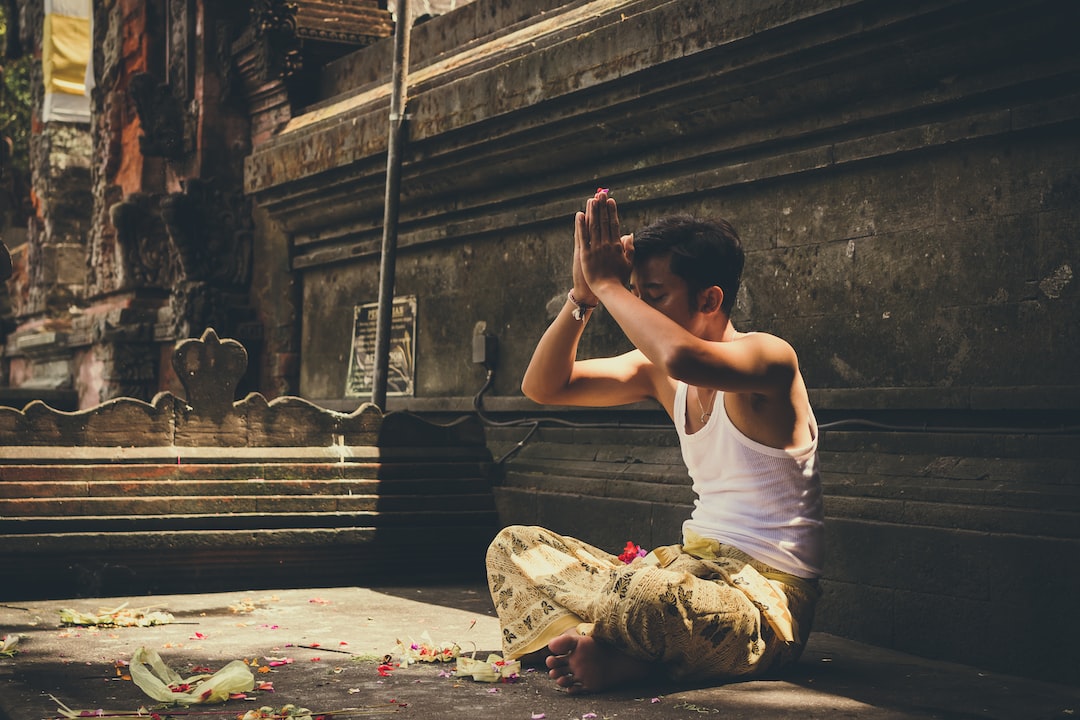Comparing and Contrasting Eastern and Western Religious Traditions
Religion has always played a fundamental role in shaping societies and cultures across the globe. It serves as a guiding force for millions, providing a framework for understanding the world and one’s place in it. Eastern and Western religious traditions are two major schools of thought, each with unique characteristics and perspectives. In this blog post, we will explore the similarities and differences between these two rich and diverse traditions.
To begin with, one of the most notable elements when comparing Eastern and Western religious traditions is their geographical origins. Western traditions, such as Christianity, Judaism, and Islam, primarily emerged in the Middle East and spread throughout Europe and America. On the other hand, Eastern traditions, including Hinduism, Buddhism, and Taoism, originated in South Asia and East Asia. These distinct geographical origins inevitably shaped the fundamental beliefs and practices within each tradition.
One key difference between Eastern and Western religions lies in their concepts of deity. Western religions typically emphasize monotheism, the belief in a single, all-powerful God who rules over the universe. In contrast, Eastern religions predominantly embrace polytheism, recognizing multiple deities and spiritual beings. Hinduism, for example, has a multitude of gods and goddesses, each associated with different aspects of life. This difference in the concept of deity leads to contrasting approaches to spirituality and worship.
Another area of divergence is the focus on rituals and practices. Eastern religions place great emphasis on meditation, yoga, and mindfulness practices as a means to attain spiritual enlightenment and liberation from suffering. Buddhist traditions, for instance, advocate for meditation as a way to achieve inner peace and detach from worldly desires. In contrast, Western religions prioritize traditional rituals, communal worship, and moral codes as the path to communion with the divine. Church services, sacraments, and prayer form the core of religious practice in Christianity, for instance.
Furthermore, the nature of spiritual authority varies significantly between Eastern and Western traditions. Eastern religions often adopt a decentralized approach, with spiritual guidance being sought from gurus, spiritual teachers, or the collective wisdom of the community. In contrast, Western religions tend to have a centralized structure, with religious authority vested in a hierarchy of clergy or religious leaders. The Pope in Catholicism or the Imam in Islam are examples of religious figures who hold significant authority in their respective faiths.
Eastern and Western religious traditions also diverge when it comes to the concepts of salvation and the afterlife. Western religions, particularly Christianity and Islam, focus on the notion of a divine judgment and the afterlife as a place of reward or punishment based on one’s actions. The concept of eternal heaven or hell is central to these traditions. In contrast, Eastern religions, such as Hinduism and Buddhism, emphasize the cycle of rebirth and karma. They believe in the existence of multiple planes of existence and view salvation as liberation from this cycle, leading to the ultimate state of enlightenment or Nirvana.
Despite their differences, Eastern and Western religious traditions share a common goal of seeking meaning and purpose in life. Both strive to provide answers to existential questions and offer frameworks for ethical living. They serve as sources of comfort and guidance, and for many, they are the bedrock of their cultural and personal identities.
In conclusion, Eastern and Western religious traditions exhibit both similarities and differences in their beliefs, practices, and worldviews. These differences arise from the historical, geographical, and cultural contexts in which they developed. While the Western traditions feature monotheism, centralized authority, and a focus on judgment and the afterlife, the Eastern traditions embrace polytheism, decentralized authority, and an emphasis on spiritual practices leading to enlightenment. Understanding and appreciating the similarities and differences between these two traditions can provide valuable insights into the diversity of human spirituality and the ways in which individuals make sense of their existence in our world.

